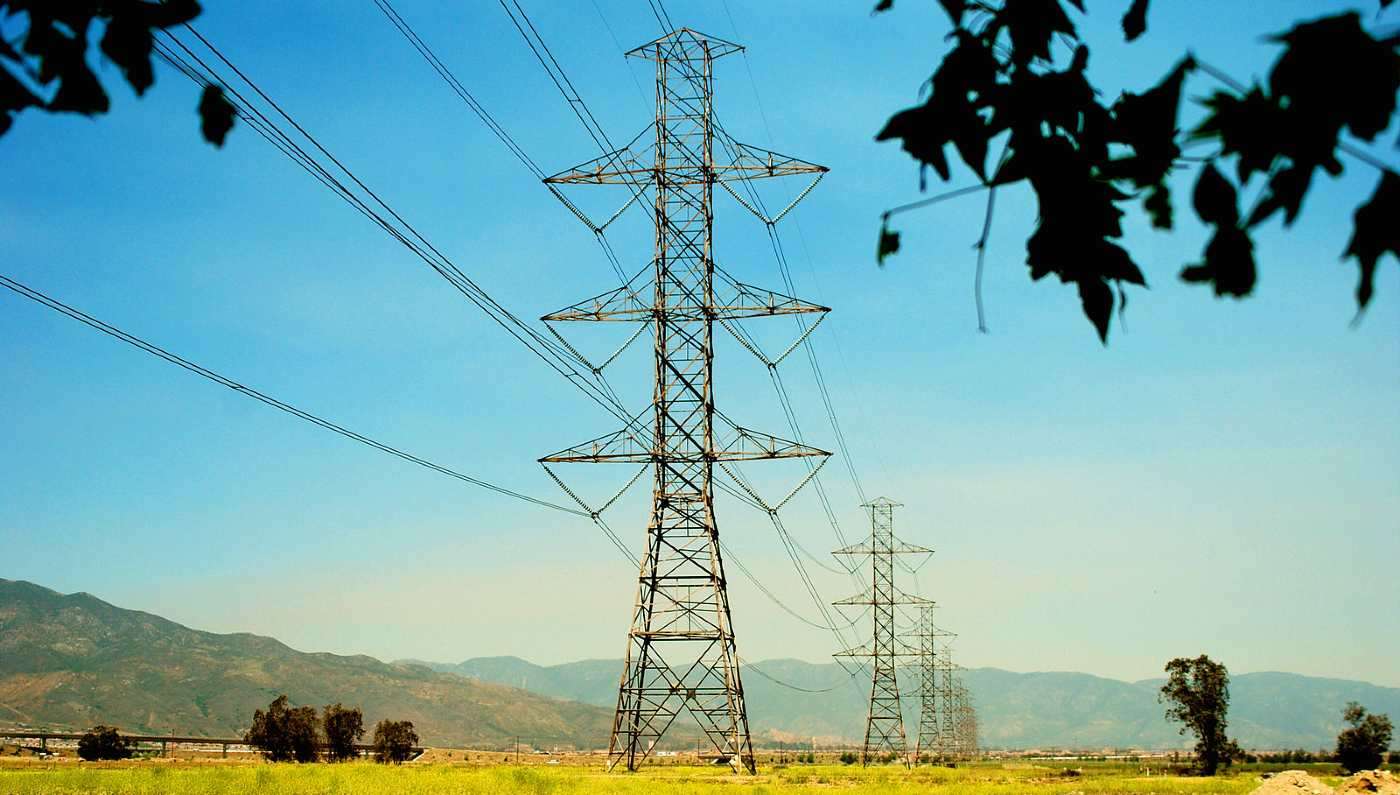Sheep vs. Lawnmowers: UC Campus Tests Which is Better to Maintain Grounds
Sheep were grazing on the UC–Davis campus in an experiment to see if they can weeds, mow, and fertilize, as good as conventional methods.

For approximately four seconds on April 29, California got 95% of its power from renewable energy—with the Golden State using about 90% renewables in the afternoon hours during a period of warm, cloudless weather.
While caveats such as not including Sacramento or Los Angeles in the percentage dampens the milestone, it still means over 29 million people were contributing virtually nothing towards climate change as far as their electricity needs were concerned. California follows another major population center, South Australia, which recently fulfilled 100% demand with renewables.
The clean energy counter also didn't include the Diablo Canyon nuclear plant, which indeed at the moment is producing nothing more than steam as emissions. Combine it with the geothermal, hydroelectric, and biomass production, and 100% of the state grid was occupied with these renewables during the daylight hours.
"It sends chills down my spine. It's amazing," said Elliot Mainzer, president and CEO of the California Independent System Operator, which runs the state's main power grid. "These types of transitions aren't always pretty. But we're getting a lot of renewable generation online, making a real dent in the state's carbon emissions," he told the LA Times.
Mainzer recently urged the state to construct another 10,000 megawatts of renewables, an equivalent of one-eighth of the entire state baseload power, in order to cover the gaps in the grid that led to rolling blackouts last year.
Covering gaps in renewables input is important for two reasons. The first is that electricity is the only resource that must be consumed as soon as it's produced. That means estimations of demand more or less must always be perfect. The second is that whereby fossil fuels are by themselves a form of storage, renewables most often have no form of storage, and the electricity they generate goes into the grid immediately upon production.
To help navigate around these natural flaws in renewable energy, California has been a key leader in coordinating with other states in the west to share surplus power across state lines, creating a more robust grid, removing more need for fossil fuels, and taking advantage of other states' resources.
For example, California is much sunnier than Wyoming, but Wyoming has the most consistent wind power of any state. Utility companies in each place can exchange on the basis of covering the baseload power with the strengths of the other, and aid them with their own surpluses in return, reducing fossil fuel input and increasing grid stability.
Until cost-effective and scalable storage technology is widely implemented, this is the best method for protecting against blackouts and drops in supply due to changing weather.
POWER Up Some Good News in Your Pal's Lives—Share This Story…
Be the first to comment